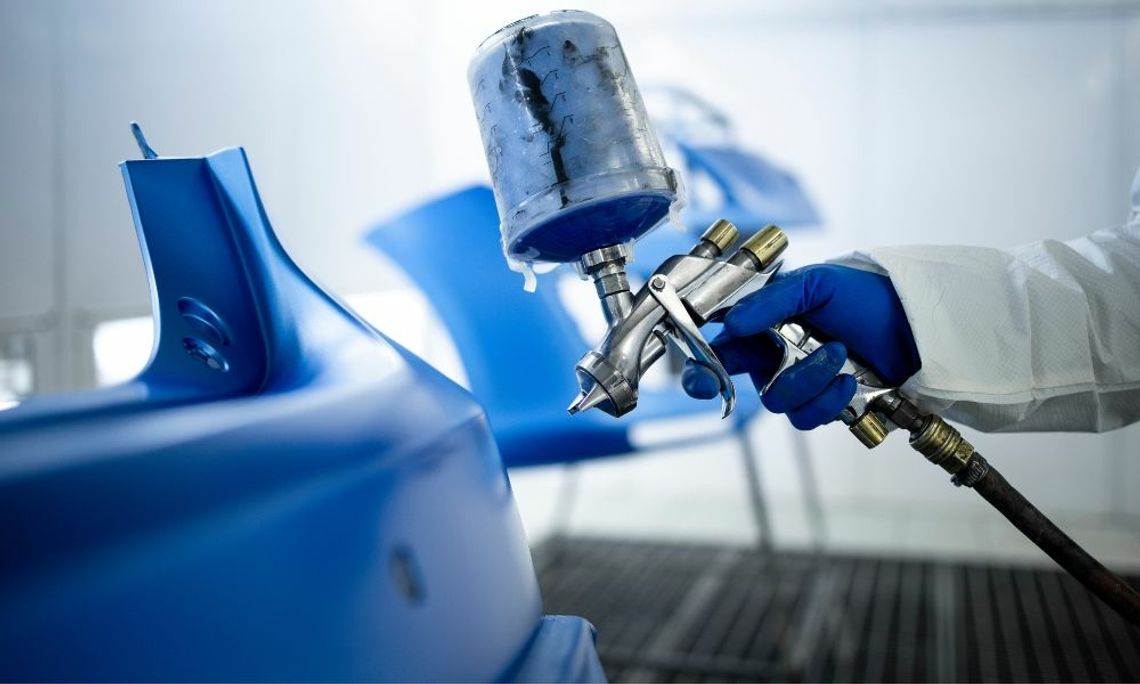Cars are an investment, so keeping them in top condition is crucial. A fresh coat of paint can take your car from drab to fab in no time. However, painting your car requires proper preparation and investment in the right tools and supplies.
Whether you’re a DIY enthusiast or a professional mechanic, you should go through the things you need if you want to paint your car.
Paint
Choosing the right paint is crucial. You can choose between single-stage and two-stage paints. Single-stage paints combine the color and clear coat in one, making them easier to apply but not as durable as two-stage paints. With these, you use the color coat first, then a clear coat for protection. Consult an expert if you’re unsure what type of paint is best for your vehicle. It’s also important to purchase enough paint to complete the job, so measure your vehicle beforehand to have an accurate figure.
Paint Guns and Spray Booths
Fine finishing requires a paint gun, but the right one depends on your project’s size, budget, and experience. Spray booths are handy when applying paint, eliminating worrying about dust and debris. If you’re working on a small budget, you can also purchase handheld spray guns that work.
Sandpaper and Body Filler
Before starting to paint, the car’s body must be free of rust or other imperfections to ensure that the paint adheres perfectly. Knowing how to choose sandpaper for auto body work is important to ensure you get the job done correctly. After sanding, you should apply body filler, which provides the perfect surface for painting, as it removes any dents or other damage.
Prep Materials
Masking tape, plastic sheeting, and paper tape will shield areas of the car from stray spray or paint. These materials protect areas like the windows, trim, and emblem areas. One recommendation is to cover everything near the painting area since spray can cause damage to the surfaces and staining.
Safety Measures
Painting a car can release dangerous fumes, which can be harmful to your health. When painting your vehicle, use protective gear, such as respirators, safety glasses, and gloves. The gloves protect your hands from body fillers and paint chemicals. In contrast, the respirator and the safety glasses protect your lungs and eyes from dangers that could arise through inhalation and contact.
Painting your car can be a challenging but rewarding experience. It’s essential to have sufficient knowledge of the car painting process and invest in the right tools and supplies you need for the best results. Remember to follow safety guidelines, wear protection, and consult a professional if you’re new to painting. With the right materials and techniques, you can give your car a fresh look and extend its life span.


Comment
Comments